Nike Inc
Latest Nike Inc News and Updates

Why Lululemon Is Looking At A Global Store Footprint
LULU’s global store count was estimated at 289 at the end of 3Q15. Stores are company-owned, with most located in the US (201) and Canada (57).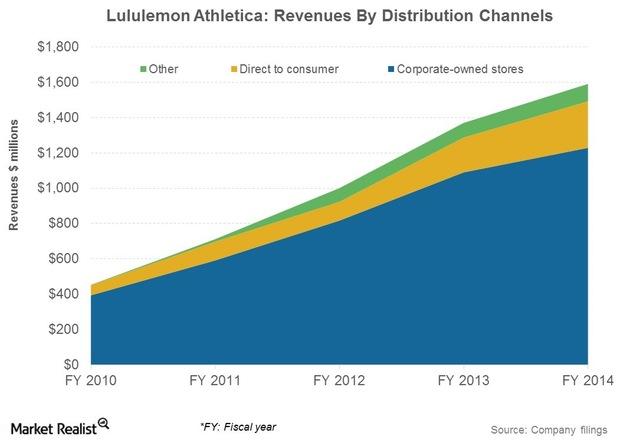
Why Lululemon’s Distribution Channels Are A Competitive Advantage
LULU’s sale through wholesale channels is much lower than its competitors VF Corporation, NIKE, and Under Armour. This is why LULU’s margins are higher.
Lululemon Builds Brands Through Unique Marketing Strategies
For relatively new companies competing in an industry with many players, building a well-recognized and reputed brand is essential.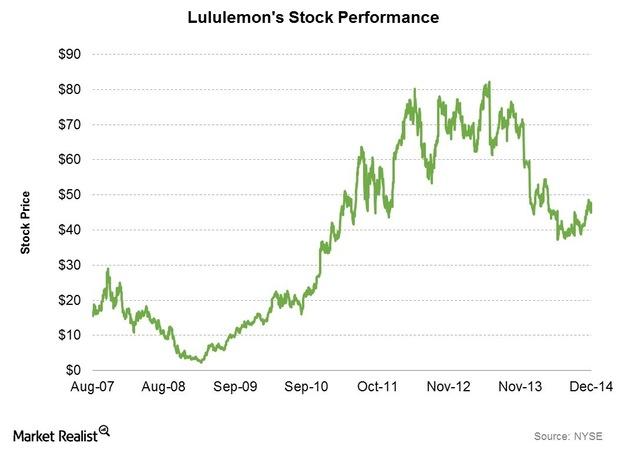
Lululemon Attempts To Reinvigorate Its Interrupted Growth Model
In this series, we’ll provide an overview of Lululemon Athletica, its financials (including its latest quarterly results), and its strategies.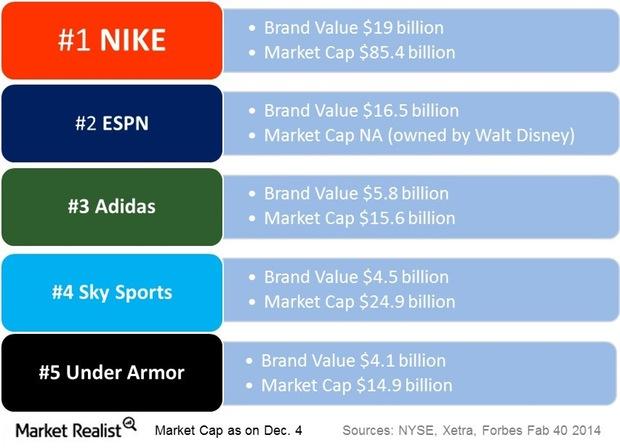
Porter’s 5 Forces: Under Armour And The Sportswear Industry
Porter’s 5 Forces, developed by Harvard Business professor M. Porter, is a model of analysis used to gauge the level of competition within an industry.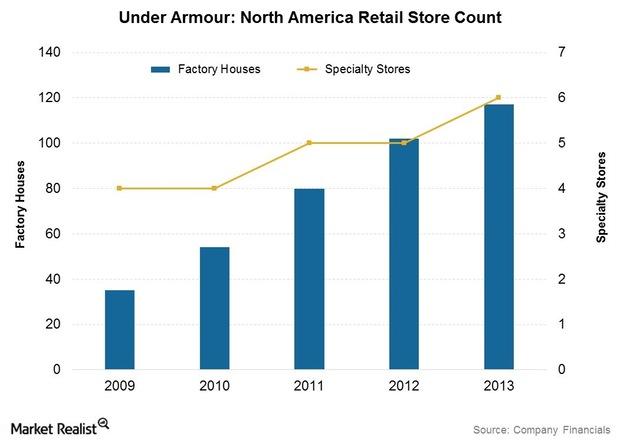
The Cogs In The Under Armour Supply Chain
Under Armour: Sourcing, manufacturing, and distribution decisions Under Armour, Inc. (UA) manufactures virtually nothing in-house. Production is outsourced to third-party manufacturers overseas. This is common practice in the apparel industry among companies including the The Gap, Inc. (GPS) and Fossil, Inc. (FOSL). These companies are held by the Consumer Discretionary Select Sector SPDR ETF (XLY), as are United Armour, or […]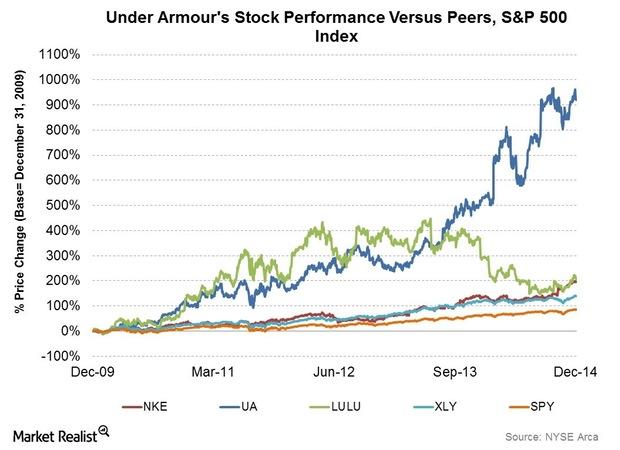
Understanding The Under Armour Growth Story
Under Armour’s stock price growth has been phenomenal—up by over 10x in the last five years. This dwarfs the ~200% increase seen by market leader NIKE.
Why consumer confidence is an important economic indicator
Consumer confidence is an economic indicator. It measures how confident consumers are about the overall state of the economy. It also measures how confident people feel about their income’s stability. Their confidence impacts their economic decisions—like their spending activity.
